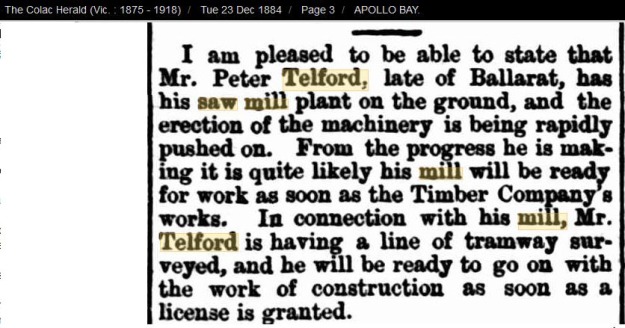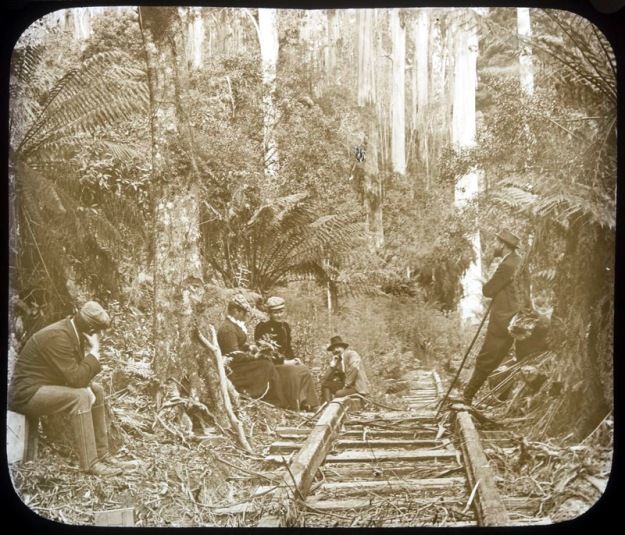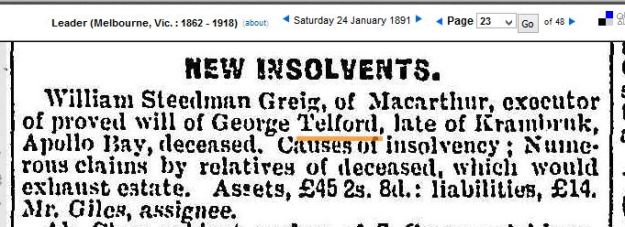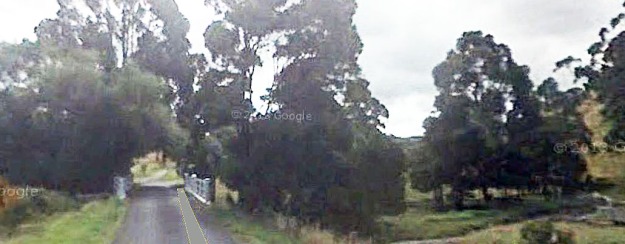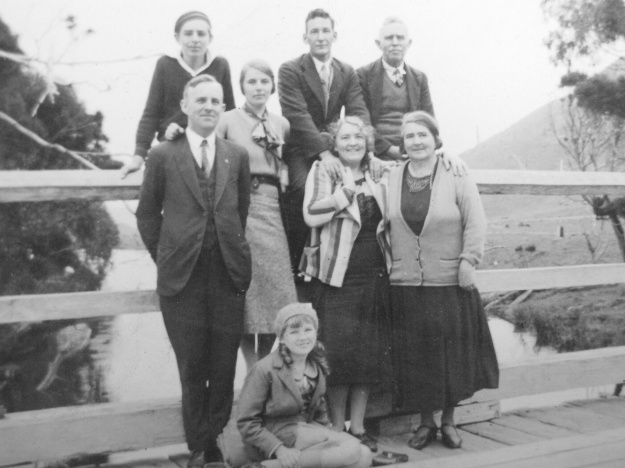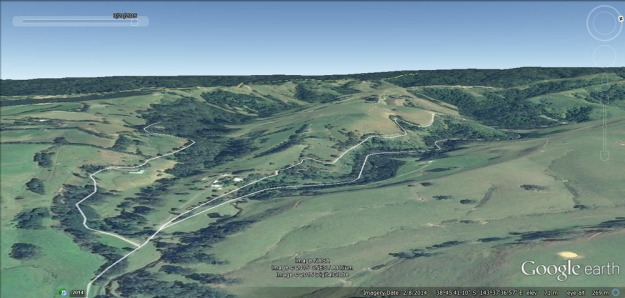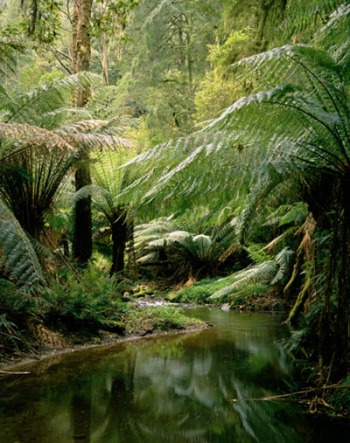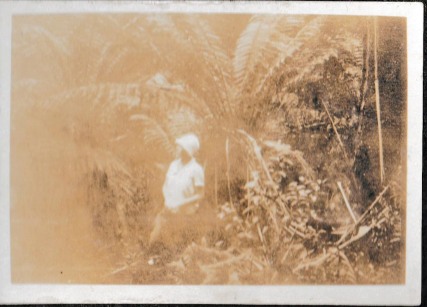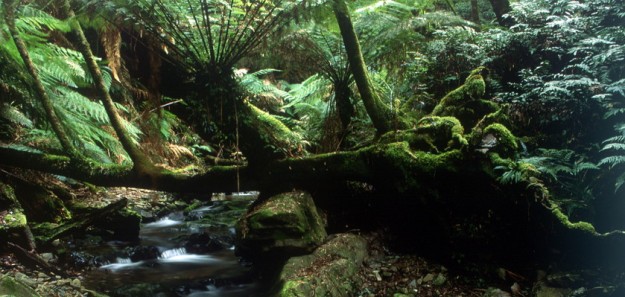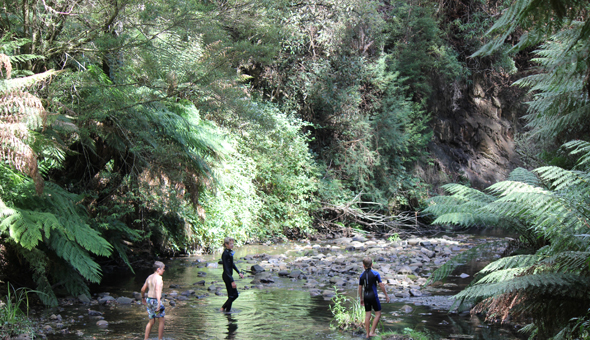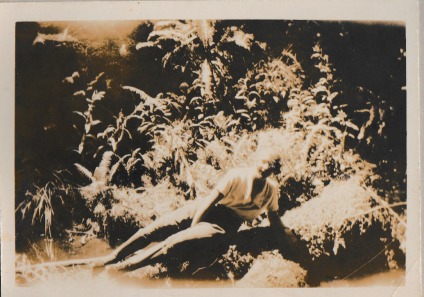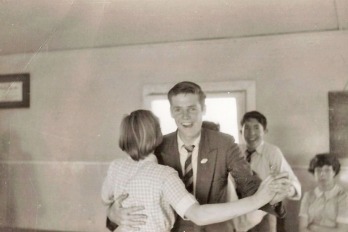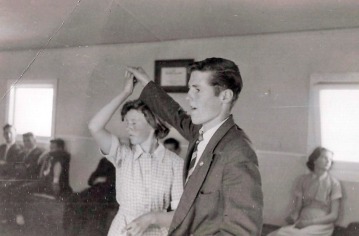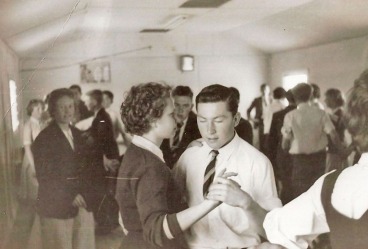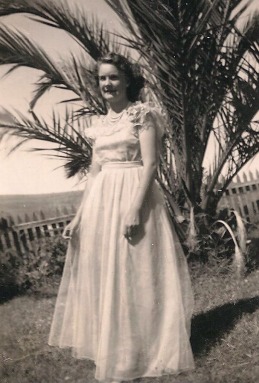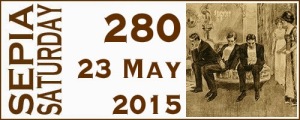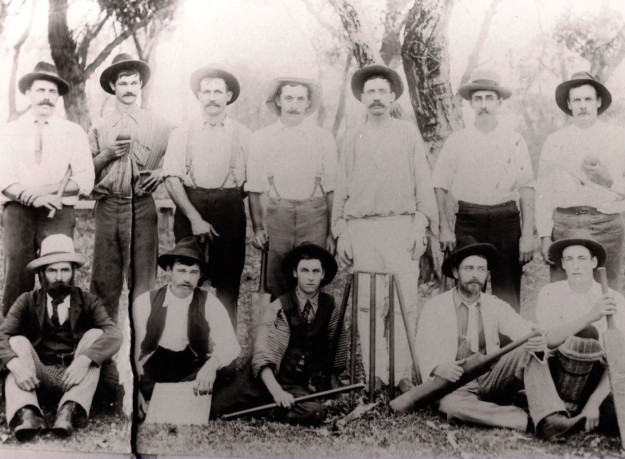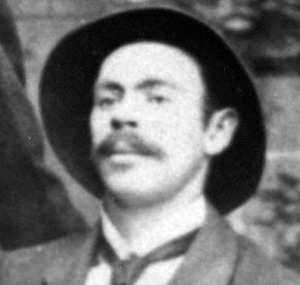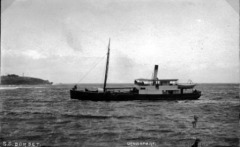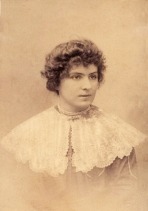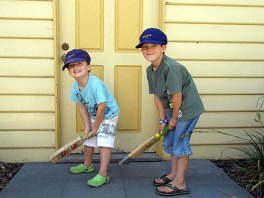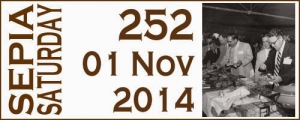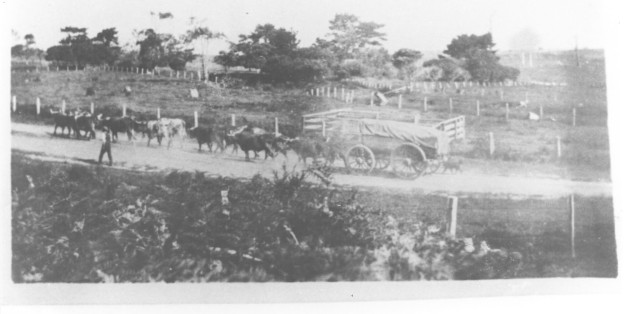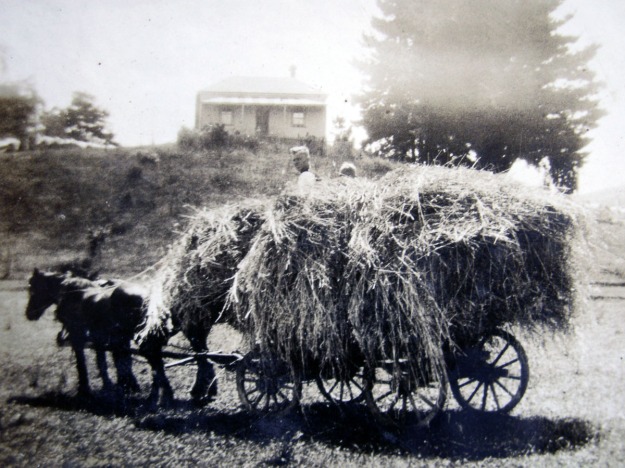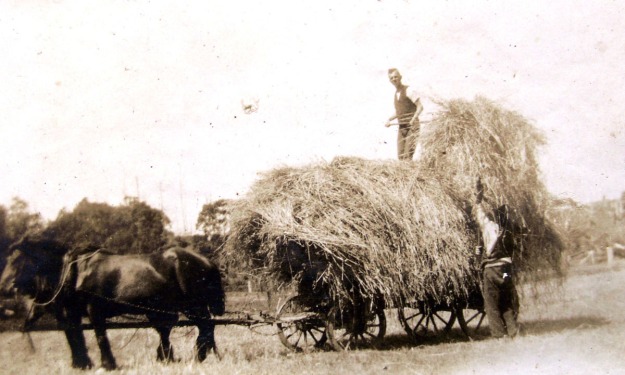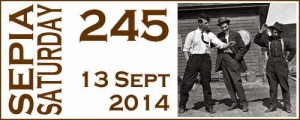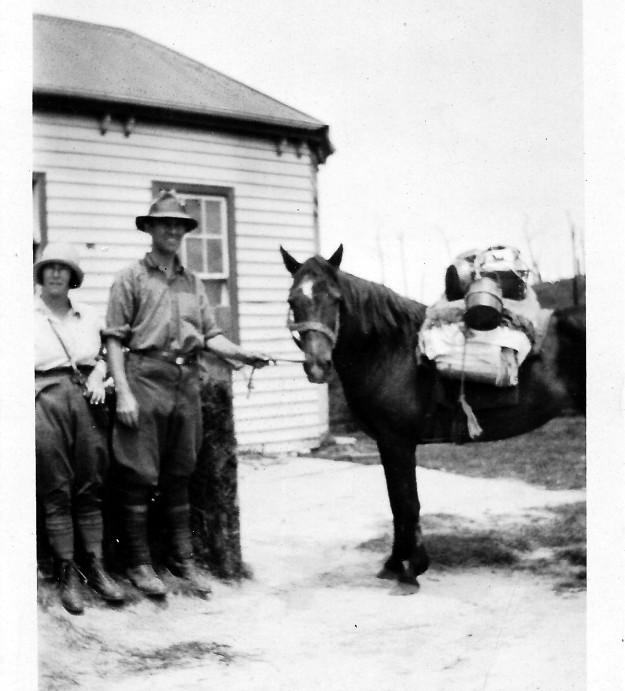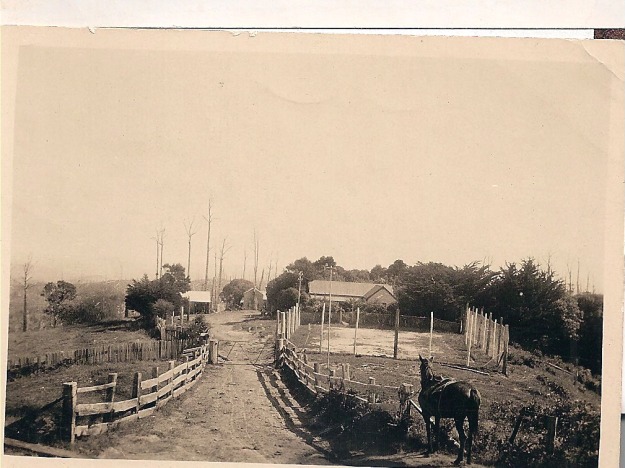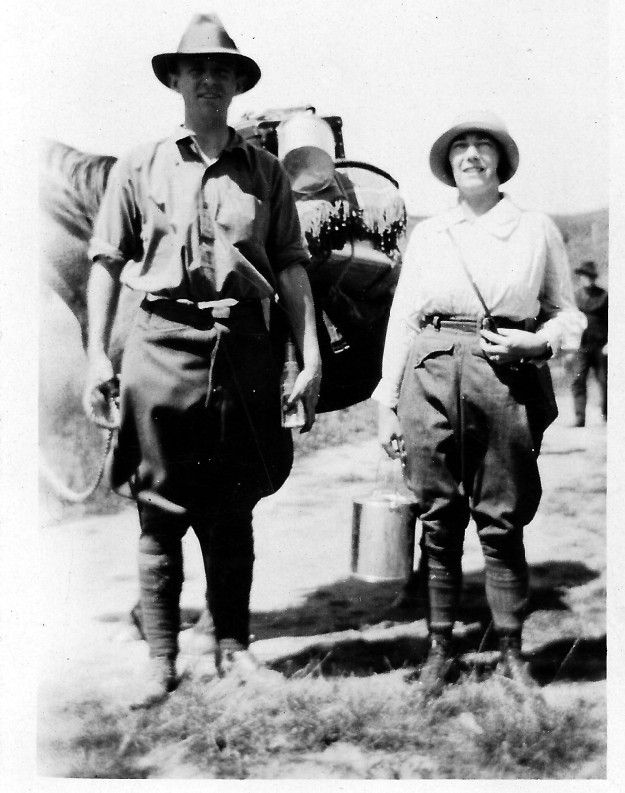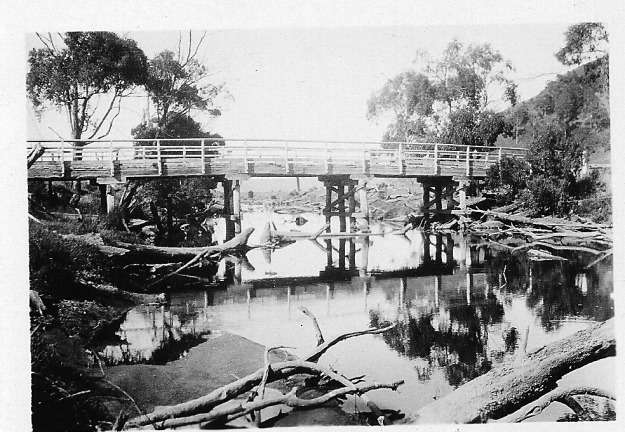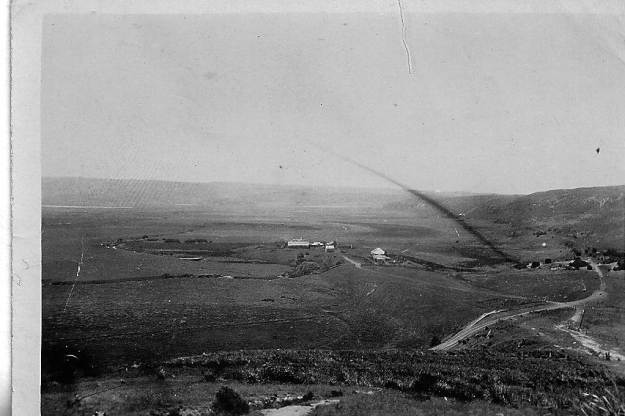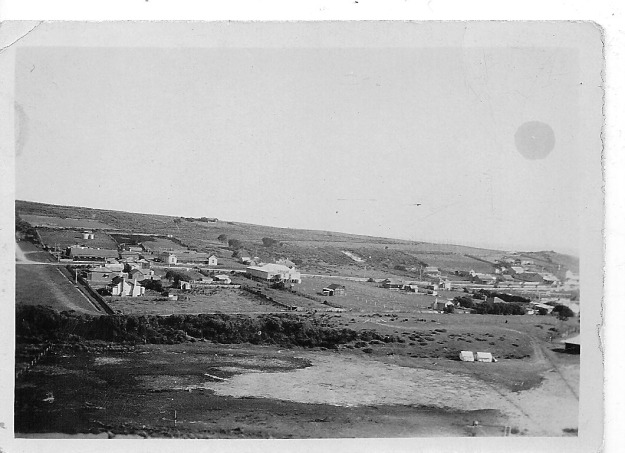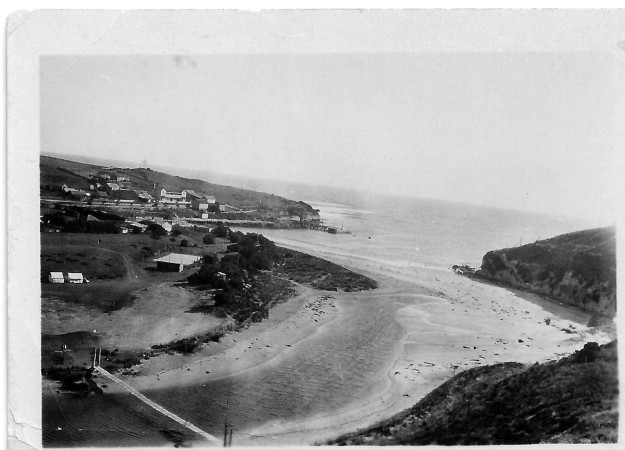When I saw the theme photo for this week’s Sepia Saturday, the first thing I noticed were the converging lines . So though the theme photo is one of linesmen working on a power supply I want to show you a boat by the pier at Apollo Bay on the south west coast of Victoria in 1908 with similar converging lines.
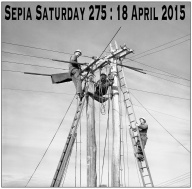
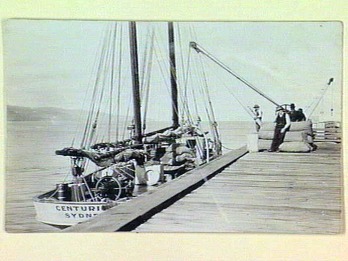
The Centurion at the Apollo Bay Jetty, 1908
The Centurion was owned by the Apollo Bay Fishing Company and my grandmother’s uncle, Peter Telford Jr (1867-1953), was one of the Directors. I can’t tell you which of my relations let me scan this photo but the details on my computer show that I added the image in 1998 but it’s only now that I realize its significance to the family story.
Apart from a road/track which connected Apollo Bay to the railway line at Forrest, the sea was the the other method of transport until the Great Ocean Road was built. Logging, fishing and dairy farms flourished and onions and potatoes grew well in the area.

Apollo Bay Butter Factory
A butter factory had been built in 1904 and there was a weekly boat carrying cargo to Melbourne. The refrigeration at the butter factory was by Humble & Sons of Geelong. This interests me as the world’s first practical refrigerator was made here in Geelong in 1856 by James Harrison.
When the locals became dissatisfied with the shipping service they were receiving in 1908 they decided to set up a Co-operative known as the Apollo Bay Shipping Company and buy a boat of their own.The company was limited to 2000 shares, 2/6 (two shillings and six pence) payable on application, 2/6 on allotment, and 2/6 monthly calls., Peter Telford was one of the seven Directors.
On August 10th, 1908, The Colac Herald reported that the Company’s boat, the Centurion, buillt in Sydney, had just made it’s first run to Apollo Bay.
The new boat of the Apollo Bay Shipping Company Limited made its first trip to Apollo Bay this week under adverse weather conditions. Strong easterly weather has been prevailing for a week, and as no wind turns Apollo Bay into such raging, wild, angry sea as the east, the sea for days has been very rough. The Centurion left Melbourne on Tuesday night, and travelled to the Heads with her engines in 4 1/2 hours, arriving in the Bay on Wednesday morning. She took several circles around the Bay doubtful of the wisdom of mooring at the jetty with such a heavy sea. Every man, woman and child at liberty in Apollo Bay assembled on the jetty as she came alongside, discharged part of her cargo, and took in a few onions. As the sea was rising, and threatening worse to follow, Captain Jeffery cast off, and went round Cape Otway for shelter. The Centurion is a new boat, a year old. She is exceptionally well built, and is claimed by experts to be the best built boat of her class in Victorian waters. Her speed under auxiliary power only is 7 to 8 knots, while with a favorable wind under sail that speed would be greatly increased. The Centurion is built for strength, speed and safety, having an exceptional beam of 20 feet, with length of 80 feet………..
In November the regular weekly service was doing well in what was usually a slack time of the year. At the same time the small community, though the activities of The Apollo Bay Medical Club, acquired the services of a lady doctor, Dr Maud Campbell. She stayed until 1912 when she tootled off to Toorak (in Melbourne) to become Mrs John E. Ashley, then live in Ballarat.
So what went wrong ? Why was it necessary to find a buyer of the Centurion ? In August 1912 the ketch Centurion became the property of the Apollo Bay and Port Campbell Shipping Company, Then a few months later it was sold once again.
Finally the Centurion caught fire off Phillip Island while returning to Melbourne with a cargo of lime and was beached and wrecked in July 1913.
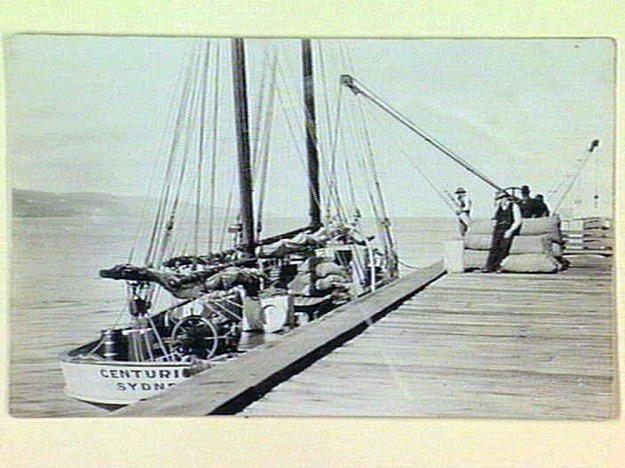 I’m sure that couldn’t be a front loading washing machine stored on deck, but it is an intriguing shape.
I’m sure that couldn’t be a front loading washing machine stored on deck, but it is an intriguing shape.
More diverging lines, power lines and lots of goodies to be seen through the links on this week’s Sepia Saturdays’ page.
